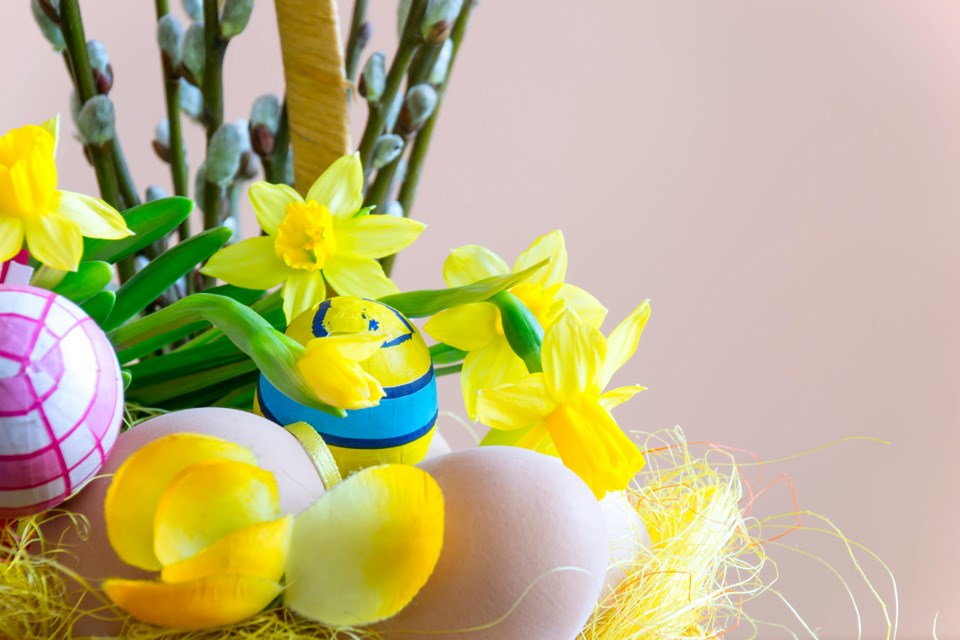As Easter approaches, many consumers are facing sticker shock at the chocolate aisle.
Based on recent data, the price of Easter-related chocolate products has risen between 10 and 25 per cent over the past two years—a spike driven not just by inflation but also by “shrinkflation,” the practice of downsizing portions while maintaining, or even raising, prices.
At the heart of this phenomenon lies cocoa, the raw commodity essential to chocolate production. Since October 2022, cocoa prices have surged from roughly US$2,000 per metric ton to over US$12,475 by last December—an increase of about 280 per cent in just three years. This steep and sometimes volatile climb stems from a mix of climate and structural shocks.
Last Easter, several major players, including multinationals like Mars, Nestlé and Mondelez, were able to absorb some of the price pressures through forward contracts (agreements to buy cocoa at pre-set prices) and strategic inventories. This year, however, those buffers are virtually depleted. Across the supply chain, from global food giants to artisanal chocolatiers, all are now facing cocoa costs four to five times higher than they were in 2022.
Several factors are driving this crisis. Côte d’Ivoire and Ghana, which together account for over 60 per cent of global cocoa output, are grappling with an unprecedented set of challenges. Droughts, floods, the spread of the swollen shoot virus (a disease that damages cocoa trees), aging plantations and chronically low farmgate prices are all threatening the long-term viability of cocoa production in these countries. As a result, global supply is increasingly constrained.
Meanwhile, demand remains resilient. In many Asian countries, a growing middle class continues to boost chocolate consumption. According to the latest figures from Mordor Intelligence, Canada ranks 11th in the world for per capita chocolate consumption, averaging 6.4 kg per person annually. Switzerland, Germany and Ireland remain the leaders, each averaging more than eight kg per person.
It’s worth noting that milk chocolate, particularly popular during the Easter season, has been slightly less impacted by soaring cocoa prices due to its lower cocoa content compared to dark chocolate. Still, the effect is far from negligible, as even low-cocoa-content products are under inflationary pressure.
Interestingly, some recent relief in cocoa prices may be tied to market turmoil sparked by geopolitical uncertainty, particularly the re-emergence of Donald Trump on the U.S. political stage. Fears of trade wars, tariffs and a global economic slowdown have unsettled commodity markets, causing cocoa prices to drop by 41 per cent since December. Ironically, while this political uncertainty adds volatility to financial markets, it may end up making chocolate slightly more affordable in the months to come.
Despite all this, households are still expected to include chocolate in their Easter celebrations, if only to preserve tradition. That said, the composition of Easter baskets may shift: more candy like licorice, a bit less chocolate … and maybe even a pair of socks.
Dr. Sylvain Charlebois is a Canadian professor and researcher in food distribution and policy. He is senior director of the Agri-Food Analytics Lab at Dalhousie University and co-host of The Food Professor Podcast. He is frequently cited in the media for his insights on food prices, agricultural trends, and the global food supply chain.
The commentaries offered on SaskToday.ca are intended to provide thought-provoking material for our readers. The opinions expressed are those of the authors. Contributors' articles or letters do not necessarily reflect the opinion of any SaskToday.ca staff.




